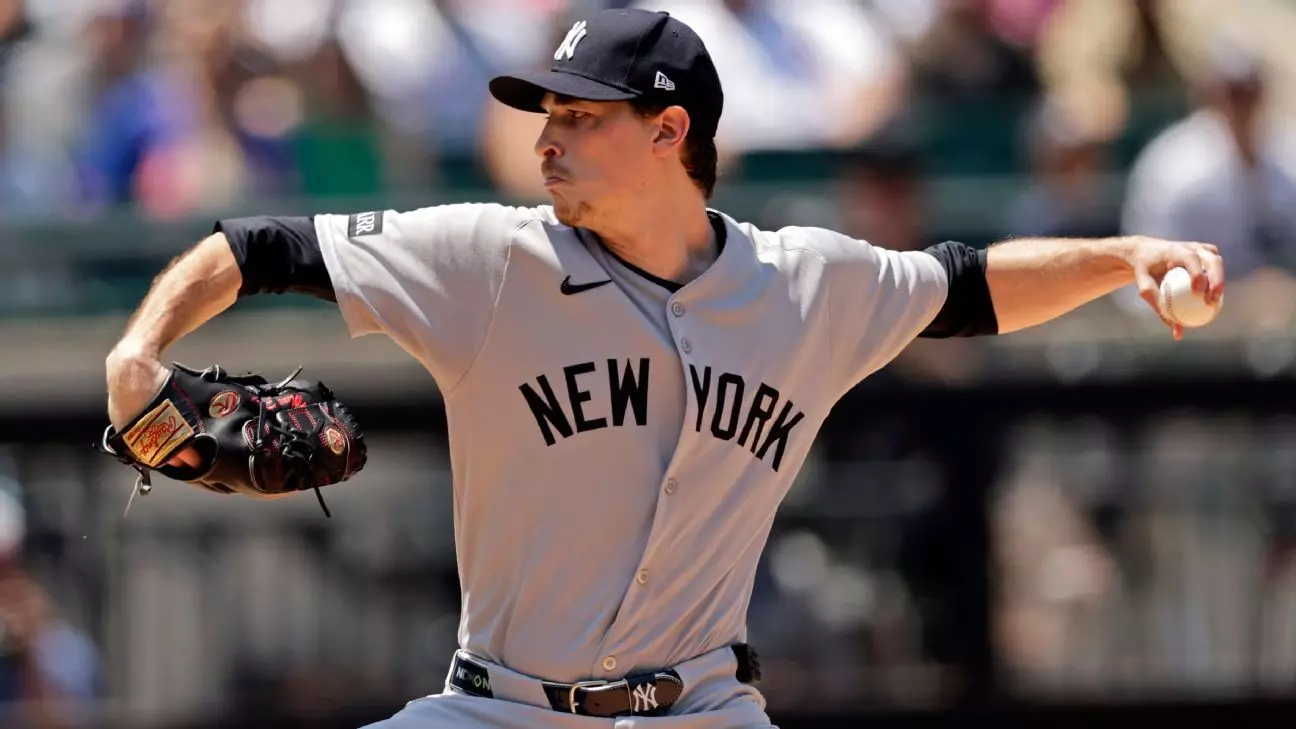Max Fried’s recent outing highlights a compelling narrative: even the most talented athletes grapple with persistent physical hurdles. His ongoing struggles with blisters exemplify how minor injuries can persistently threaten consistency at the highest levels of baseball. Fried’s history with blister issues, recurring over multiple seasons and even during playoff runs, underscores that elite performance isn’t solely about raw talent but also about managing vulnerabilities. His ability to perform at an exuberant level—11-3 with a 2.43 ERA before the recent game—demonstrates resilience, but it also signals the fragile line that separates dominance from disruption. The fact that Fried has often had to navigate these setbacks quietly reveals a deeper story of internal fortitude that seldom earns the spotlight.
The Psychological Toll of Persistent Injuries
While physical ailments are undeniable, their psychological toll is often underestimated. Fried’s decision to leave a game mid-start due to discomfort is not just about protecting his arm but also about maintaining mental discipline amidst physical setbacks. The constant threat of injury recurrence can create a mental fatigue that erodes confidence. Fried’s comments about not wanting to push beyond limits reflect a balancing act—between pushing to uphold performance standards and respecting the body’s signals. As he balances this internal struggle, the true test remains: can he sustain the mental strength required to return to peak form without succumbing to frustration or doubt?
The Sabermetric Perspective on Injury Management
From an analytical standpoint, Fried’s injury history signifies a slightly increased risk of future setbacks, which teams must weigh carefully. His past with blisters, especially during critical playoff stretches, suggests an underlying vulnerability that could magnify under high stress or workload. However, his record—an impressive 11-3—justifies the Yankees’ investment in his resilience. The team’s strategy, with Fried set to participate in important upcoming games, hinges on meticulous injury management and load monitoring. This scenario exemplifies the broader pattern of modern baseball, where data-driven decisions are essential to extend athletes’ careers and optimize on-field contributions. Fried’s rehabilitation and strategic recovery decisions will be pivotal in maintaining his elite status.
Fried’s Future: Navigating the Road Ahead
As Fried prepares for upcoming challenges, the focus shifts from immediate recovery to long-term durability. His participation in the All-Star festivities and subsequent games against rival teams like the Blue Jays reflect both confidence in his recovery and the team’s reliance on his talent. Yet, the overarching concern remains: how will he prevent relapses and manage his workload to sustain his career? Importantly, Fried’s case underscores that even the most promising athletes are not invincible; instead, their greatness is often rooted in their ability to adapt to adversity. His continued success will depend on how effectively he can blend physical healing with mental resilience, ensuring that his brilliance remains unmarred by the persistent shadows of injury.


Leave a Reply